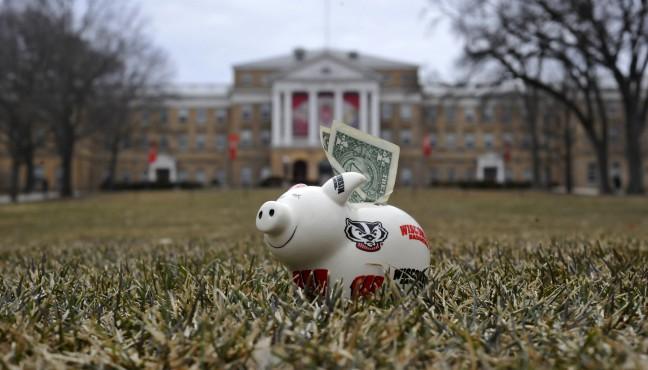After nearly a month of online course instruction and seemingly no end in sight to the current global pandemic that has transformed daily life as we know it, students are starting to fear that come fall semester, the University of Wisconsin will once again be relegated to digital learning.
While housing residents are currently in the process of receiving partial refunds for unused dorm occupancy and remaining food accounts, UW has repeatedly held tuition will not be reimbursed for this semester. Still, it’s difficult to compare the value of an education completed off-campus and online with one conducted face-to-face and supplemented by a bustling campus.
Given all that’s changed this semester, UW anticipates a loss of about $100 million, which includes not only the housing credit, but refunds for on-campus parking, payments to student employees, losses in athletic revenues and the cost of transitioning courses to an online delivery method.
Despite the university’s sizable budget of roughly over $3.1 billion, this single- semester loss does not take into account changes that will likely occur come fall as students’ financial struggles and difficulties adjusting to online learning may impact next semester’s enrollment. Not to mention, UW had over 7,000 international undergraduate students enrolled this past fall, many of whom pay full tuition and therefore provide a strong revenue source for the university.
To mitigate these financial blows, Congress recently allocated $14 billion to higher education as part of its $2 trillion stimulus bill. However, this amount is far lower than the $50 billion the American Council on Education, an association of college presidents, had previously demanded.
To a student, billions of dollars in aid may seem like enough to keep universities afloat, especially without any tuition adjustments. But, for a four-year public research institution like UW, $14 billion divided across the entire higher education sector is not enough. To put this into perspective, consider that in the 2018 fiscal year, four-year public research universities conducted $52.8 billion in research, much of which was federally sponsored.
It’s estimated UW specifically will receive $19 million from this stimulus bill, according to the Association of Public and Land-Grant Universities. But this only makes up for less than half of the financial hit the university has taken in housing reimbursements alone. While this amount is helpful, it doesn’t “make a difference in a large sense,” as Chancellor Rebecca Blank told the University Committee in late March.
Already, universities have begun to consider the possibility students may not be able to return to campuses until 2021. Considering the severe financial toll one-semester online has taken on UW, another semester away from campus would lead to even greater losses from dissatisfied students simply taking the semester off, to financially struggling students who will be unable to afford tuition. Students will feel the impact of these losses upon our eventual return when severe budget cuts will have to be made to compensate.
Although it may be difficult to see why universities with billion-dollar endowments deserve more money while students are also struggling, we must realize the UW we are all familiar with will look quite different if the current allocation of resources is insufficient. Services and opportunities students are accustomed to having around campus will have to be limited.
The economic toll of this pandemic is redefining every aspect of our lives, but it is important to consider the value of UW’s impact on our lives as students, and the lives of the public who benefit from the university as well.
Anne Isman (isman@wisc.edu) is a freshman studying economics.


